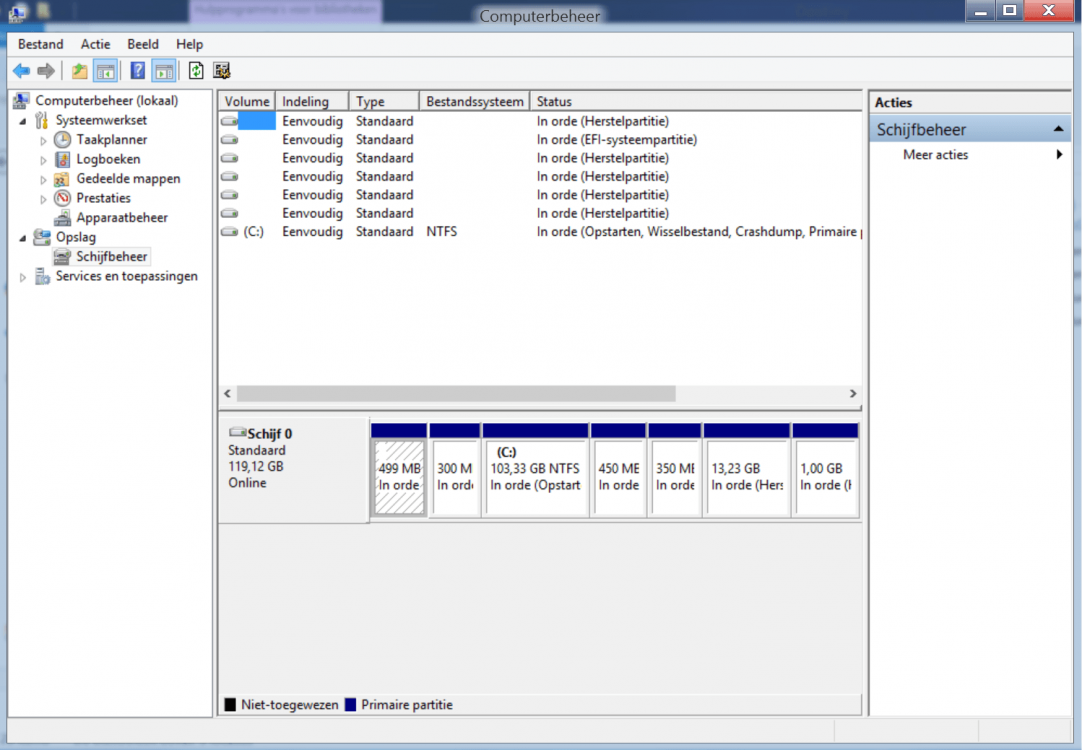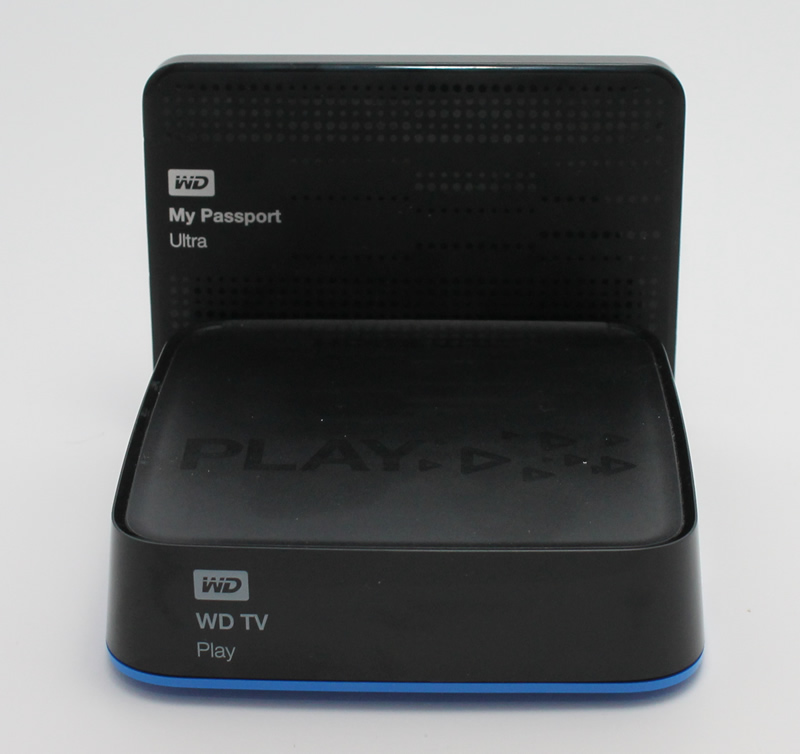

- #MY COMPUTER DOESNT RECONIZE MY USB BACKUP HOW TO#
- #MY COMPUTER DOESNT RECONIZE MY USB BACKUP INSTALL#
- #MY COMPUTER DOESNT RECONIZE MY USB BACKUP SERIAL#
- #MY COMPUTER DOESNT RECONIZE MY USB BACKUP DRIVER#
If so, click where it says "change settings" and a sign that says you reinstall the driver or something similar appears.
#MY COMPUTER DOESNT RECONIZE MY USB BACKUP INSTALL#
In the overview, you indicate that you have to install the device driver. Hence the device does not recognize, click on it and select properties appear.  Go to "My Computer" and hit "Property". So in this case, you have to reinstall the old driver and install the latest one from official site. If the USB driver was out of dated, then it may also cause the phone not being recognized by the computer. There are many Android phone being released in a year as well as the software. If yes, then you have to download and install Android USB driver. If there is no yellow mark, it means USB driver is installed correctly on the computer.
Go to "My Computer" and hit "Property". So in this case, you have to reinstall the old driver and install the latest one from official site. If the USB driver was out of dated, then it may also cause the phone not being recognized by the computer. There are many Android phone being released in a year as well as the software. If yes, then you have to download and install Android USB driver. If there is no yellow mark, it means USB driver is installed correctly on the computer. #MY COMPUTER DOESNT RECONIZE MY USB BACKUP SERIAL#
When you tap out a list: Universal Serial Bus controllers. On the menu that appears, click "Hardware".  Click with the mouse right click and hit properties. So you have to check if there was problem with Android USB driver. if it was not installed or corrupted, then the computer doesn't recognize Android phone for sure.
Click with the mouse right click and hit properties. So you have to check if there was problem with Android USB driver. if it was not installed or corrupted, then the computer doesn't recognize Android phone for sure. #MY COMPUTER DOESNT RECONIZE MY USB BACKUP HOW TO#
In many cases, you need to enable USB debugging on Android phone, including retrieve Data from Samsung S6, or export Android messages to PC, So you should know how to skillfully enable USB debugging on your Android device, you will be made use of these later on.Īndroid USB driver must be installed on the computer in order to let the Android device being recognized by computer.
For Android 4.2 or newer: Enter "Settings" < Click "About Phone" < Tap "Build number" for several times until getting a note "You are under developer mode" < Back to "Settings" < Click "Developer options" < Check "USB debugging". For Android 3.0 to 4.1: Enter "Settings" < Click "Developer options" < Check "USB debugging". For Android 2.3 or earlier: Enter "Settings" < Click "Applications" < Click "Development" < Check "USB debugging". If you do not have this option turned on, you have to go to "Settings"> "About phone " and press several times on "Build Number".įor different Android system, try to follow the 3 ways to enable USB debugging. You can see the state under About phone -> Developer options. It is quite easy to find a USB cable in nowardays.įirst, make sure you have the option "USB debugging" enabled. It is best to change the USB cable to another to sort the problem out. Tips 1 Changing USB CableĪs mentioned above, the fact is that one of the first steps we must take to this inconvenience is to check whether the USB cable is in good condition or not. NOTE: If you're looking for data recovery solutions for Android devices, such as Samsung Galaxy S, and HTC One, read this tutorial: how to retreive lost data from Android phone. The following 3 tips works for various Android devices such as Samsung Galaxy S4/5/6/7, HTC, LG, Motorola, Sony, running Adroid 6.0 M, Android 5.1/5.0 Lollipop, Android 4.4 KitKat, etc. 
I have checked many forum users who write consulting solutions to this problem, so I have decided to publish a list of suggestions to let the PC recognize your smartphone. Usually, when such a problem arises or when we see our Android device connects and disconnects constantly to our PC, we need to confirm the cable is in good state. Undoubtedly, this It becomes a very frustrating problem. Sometimes we get to meet with the reality that our PC does not recognize the Android device connected to it as a USB storage device. However, this task should be completely straightforward but it does not always work. One of the most common procedures among Android users is to connect PC and Android smartphone/ tablet via USB port in order to perform different tasks, such as file transfer, data backup, phone switch or data recovery.








 0 kommentar(er)
0 kommentar(er)
